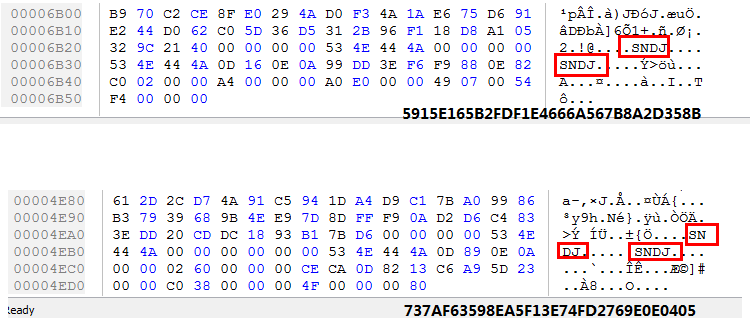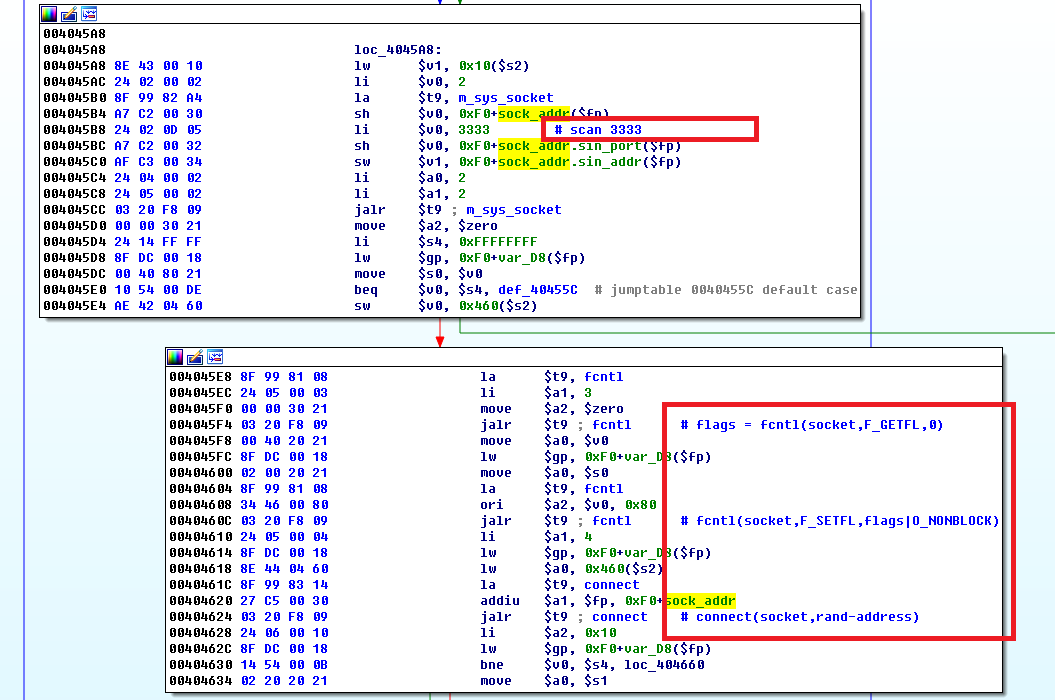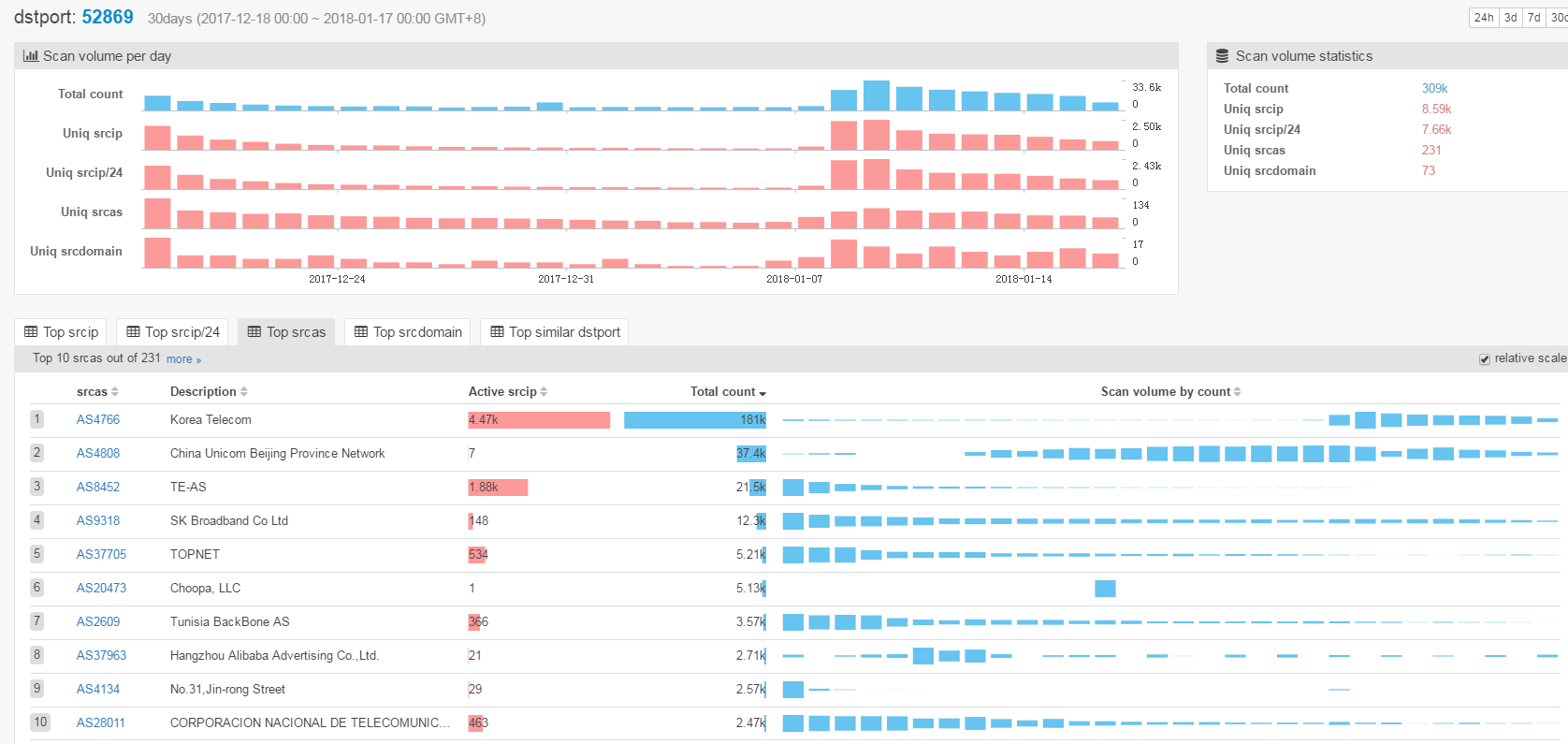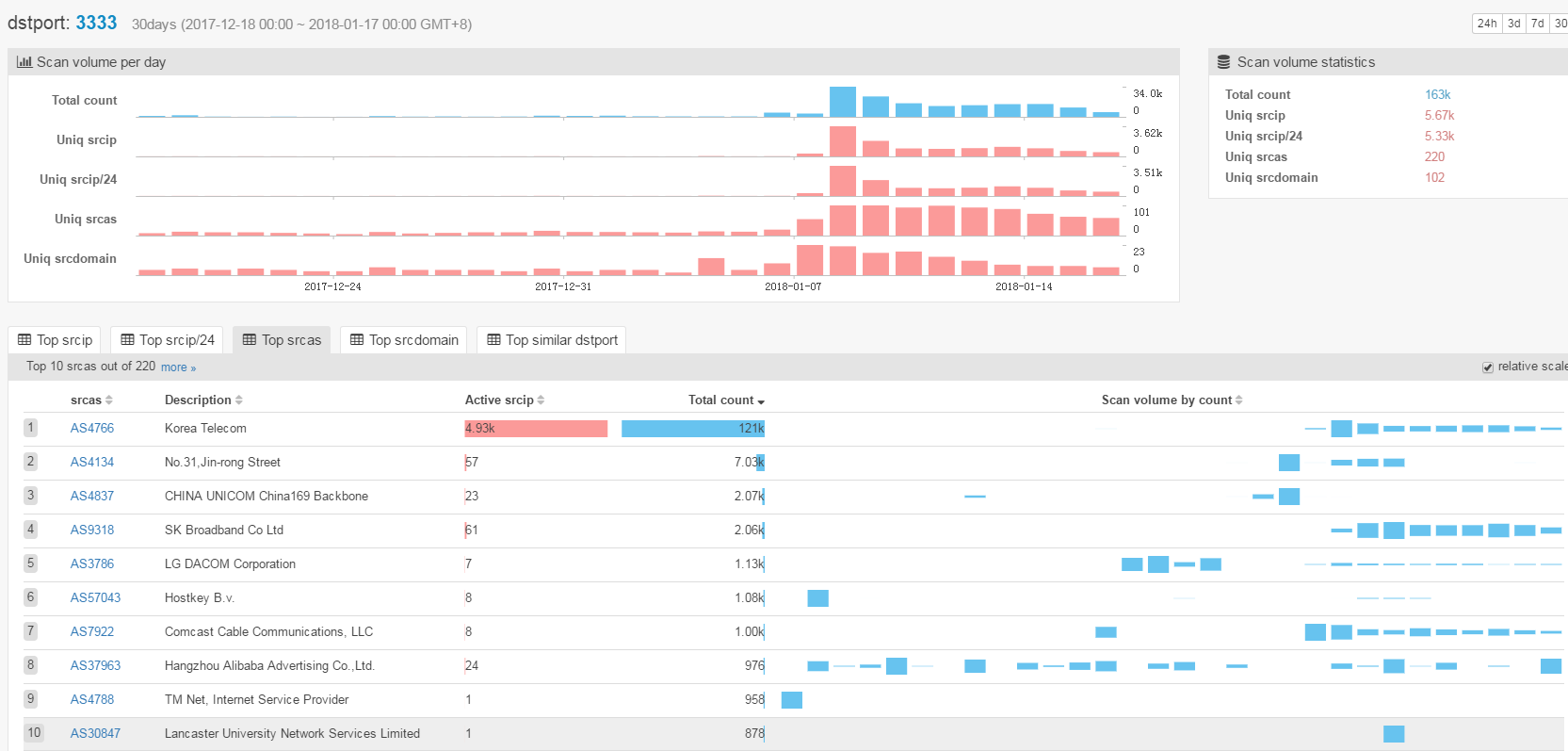Art of Steal: Satori Variant is Robbing ETH BitCoin by Replacing Wallet Address
The security community was moving very fast to take actions and sinkhole the Satori botnet C2 after our December 5 blog. The spread of this new botnet has been temporarily halted, but the threat still remains.
Starting from 2018-01-08 10:42:06 GMT+8, we noticed that one Satori’s successor variant (we name it Satori.Coin.Robber) started to reestablish the entire botnet on ports 37215 and 52869.
What really stands out is something we had never seen before, this new variant actually hacks into various mining hosts on the internet (mostly windows devices) via their management port 3333 that runs Claymore Miner software, and replaces the wallet address on the hosts with its own wallet address.
From the most recently pay record till 2018-01-16 17:00 GMT+8, we can see:
- Satori.Coin.Robber is actively mining, with lastest update 5 minutes ago.
- Satori.Coin.Robber owns an average calculation power of 1606 MH/s for the last 2 days; the account has accumulated 0.1733 ETH coins over the past 24 hours
- Satori.Coin.Robber has already got the first ETH coin paid at 14:00 on January 11, 2017, with another 0.76 coin in the balance
Also worth mentioning is that the author of Satori.Coin.Robber claims his current code is not malicious and leaves an email address(see the section below for more details):
Satori dev here, dont be alarmed about this bot it does not currently have any malicious packeting purposes move along. I can be contacted at curtain@riseup.net
A Series of Security Issues on Claymore Miner Remote Management
Claymore Miner is a popular coin-mining software used by quite a lot of mining devices these days.
According to its document, the Claymore Miner Windows version provides a remote monitoring and/or management interface on port 3333 (the EthMan.exe file in the “remote management” directory). And by default earlier versions allow not only remote reading for mining status, but also operations like restart, upload files and some other control operations.
Apparently, the above feature is a security issue. As a fix, after version 8.1, the Claymore Miner will not use port 3333 but -3333 (a negative one) as the startup parameter by default, which means read-only monitoring actions are supported, but other controlling actions are all denied.
But this is not the end. In November 2017, CVE-2017-16929 went public, which allows remote read and/or write to arbitrary files for Claymore Miner. The corresponding exploit code has also been disclosed.
The scanning payload (the exploit code) we are going to discuss here is different from all above though. It works primarily on the Claymore Mining equipment that allows management actions on 3333 ports with no password authentication enabled (which is the default config). In order to prevent potential abuse, we will not discuss too much details in this article.
Satori.Coin.Robber Variant is Exploiting above Issue to Robber ETH Coins
From 2018-01-08 to 2018-01-12, have captured the following malware samples:
737af63598ea5f13e74fd2769e0e0405 http://77.73.67.156/mips.satori
141c574ca7dba34513785652077ab4e5 http://77.73.67.156/mips.satori
4e1ea23bfe4198dad0f544693e599f03 http://77.73.67.156/mips.satori
126f9da9582a431745fa222c0ce65e8c http://77.73.67.156/mips.satori
74d78e8d671f6edb60fe61d5bd6b7529 http://77.73.67.156/mips.satori
59a53a199febe331a7ca78ece6d8f3a4 http://77.73.67.156/b
These samples are subsequent variants of Satori, which scan not only the previous 37215 and 52869 ports, but also the 3333 ports. The payload on on three ports are:
- Port 37215: Known, exploiting vulnerabilities CVE-2017-17215, Huawei recently released the relevant statement
- Port 52869: Known, exploiting vulnerabilities CVE-2014-8361, related to some Realtek SDK, the exploit code PoC is published since 2016
- Port 3333: Newly emerged, exploiting ETH mining remote management interface mentioned above.

The scanning payload on port 3333 is shown in the above image. Satori.Coin.Robber issues three packets respectively:
- Package 1: miner_getstat1, get mining state
- Package 2: miner_file, update reboot.bat file, replace the mine pool and wallet address;
- Package 3: miner_reboot, reboot the host with new wallet
During this process, the mining pool and the wallet will be replaced:
- New pool: eth-us2.dwarfpool.com:8008
- New wallet: 0xB15A5332eB7cD2DD7a4Ec7f96749E769A371572d
Similarities and Differences between Satori.Coin.Robber and the Original Satori
Comparison between Satori.Coin.Robber and Satori:
- 737af63598ea5f13e74fd2769e0e0405 Satori.Coin.Robber
- 5915e165b2fdf1e4666a567b8a2d358b satori.x86_64, the original Satori in October 2017 with VT report here
Similarities:
- Code: Both use UXP packing, with the same magic number 0x4A444E53. The unpacked code share similar code structures
- Configurations: The configurations are both encrypted. The encryption algorithm and a large number of configuration strings are the same. For example, /bin/busybox SATORI, bigbotPein, 81c4603681c46036, j57*&jE, etc.
- Scanning payload: Both scan ports 37215 and 52869 and share the same payload
Differences:
- Scanning payload: Satori.Coin.Robber added a new payload against Claymore Miner on port 3333
- Scanning process: Satori.Coin.Robber adopts an asynchronous network connection (NIO) method to initiate a connection, which improves scan efficiency
- C2 Protocol: Satori.Coin.Robber enables a new set of C2 communication protocols that communicate with 54.171.131.39 using the DNS protocol. We will go through the details later.
Below are some detailed screenshots:
Both samples share the same UPX packing magic numbers:

Satori.Coin.Robber uses asynchronous network connection for scanning:

Satori.Coin.Robber's New C2 Communications Protocol
C2 of Satori.Coin.Robber:
- A hard coded IP address 54.171.131.39, located in Dublin, Ireland.
- The communication protocol is based on DNS protocol, which can be tested by query like "dig@54.171.131.39 $DNS-QNAME any+short", and different $DNS-QNAME corresponds to different function.
All C2 protocol lists as follows, note the fourth one is not written anywhere in the Satori.Coin.Robber code, we just tied and found it has dns response:

The first two responses are the same mining pool and wallet addresses used by the bot after tampering with other Claymore Miner mining equipment. However, at this stage, it seems that these server returned values is yet to be used.
Infection Trend
We evaluate Satori.Coin.Robber's infection scale and trend by comparing the scanning volumes on three ports: 37215, 52869 and 3333.



The three figures above show that the scanning volumes of these three ports all increase sharply during this period, which is consistent with the behavior of Satori.Coin.Robber samples.
- all emerged around 2018-01-08
- scanning spikes were all around 2018-01-08 to 2018-01-09
- the volumes of scanning decrease in recent few days
- AS4766 Korea Telecom contributes most of the scanning source
- totally about 4.9K uniq scanning source IPs

